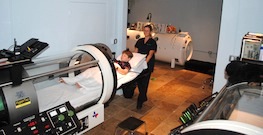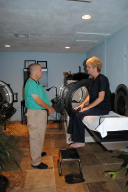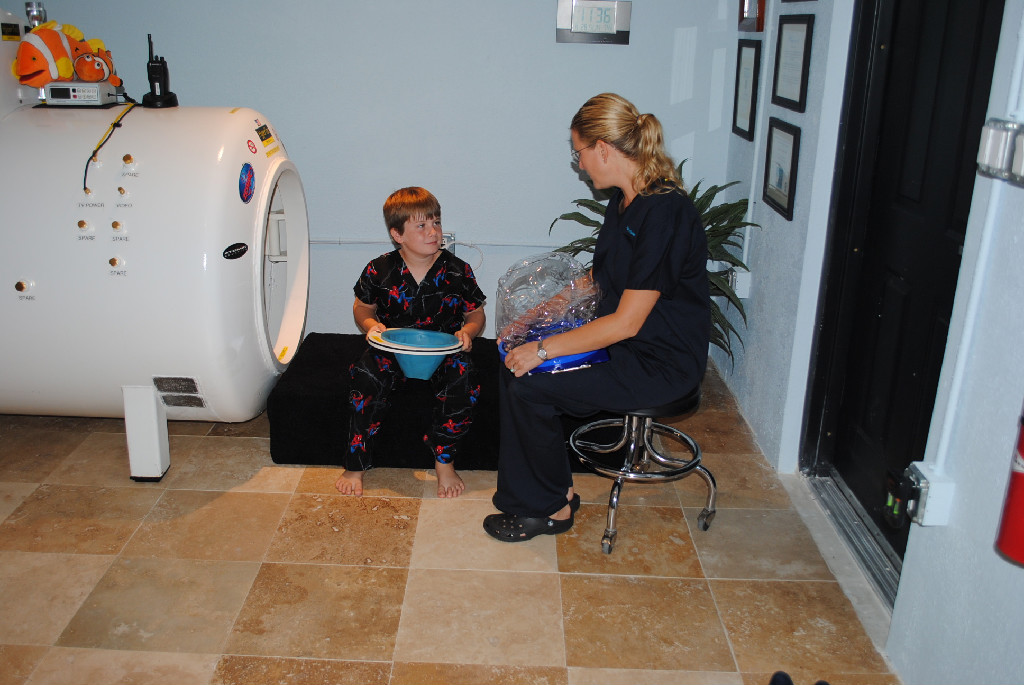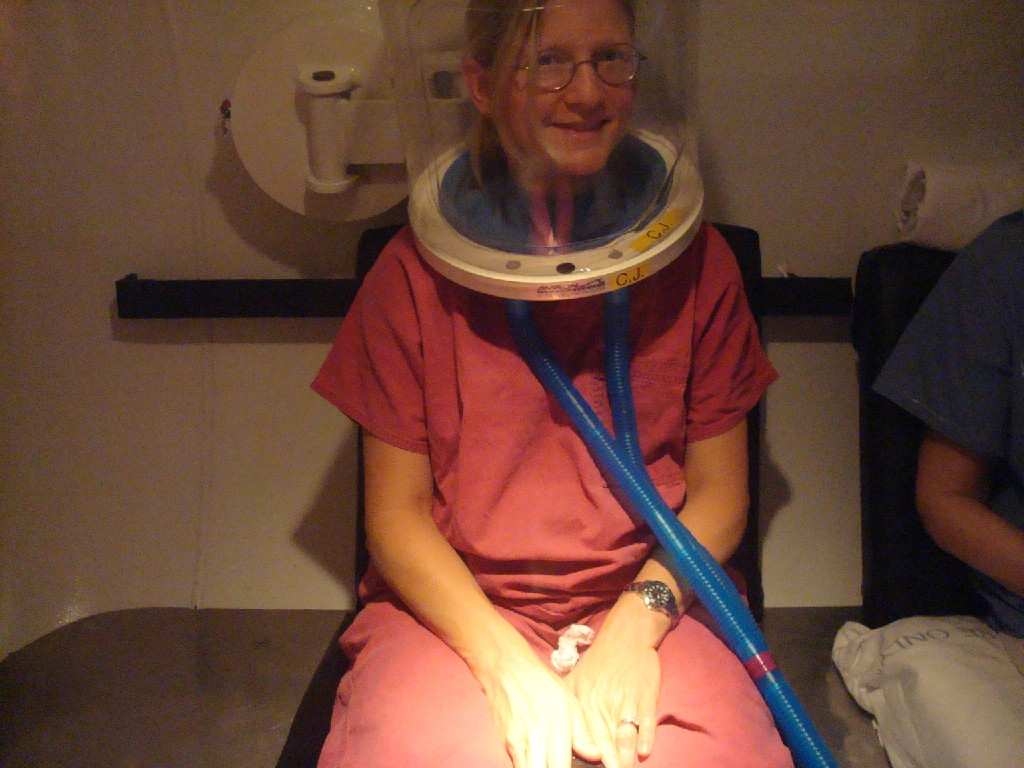
CP
Cerebral Palsy
What is Cerebral Palsy?
Cerebral palsy is condition that results from injuries or abnormalities of the brain, usually in the womb but occurring any time during 2 years after birth. It affects brain and nervous system functions such as thinking, seeing, hearing, learning and movement.
Common causes are hypoxia (low oxygen levels), head injury, maternal infections such as rubella, brain bleeding, brain infection, and severe jaundice. Types of CP include: ataxic, hypotonic, spastic, dyskinetic, and mixed.
Can cerebral palsy be treated with stem cells?
According to Duke University, which is utilizing autologous (patient’s own) cord blood-derived stem cells to treat children with cerebral palsy in an ongoing clinical trial, “Cerebral palsy results from in utero or perinatal injury to the developing brain, often through stroke, hypoxic insult or hemorrhage. Currently available treatments for patients with cerebral palsy are supportive, but not curative. Umbilical cord blood (UCB) has been shown to lessen the clinical and radiographic impact of hypoxic brain injury and stroke in animal models. UCB also engrafts and differentiates in brain, facilitating neural cell repair, in animal models and human patients with inborn errors of metabolism undergoing allogeneic, unrelated donor UCB transplantation. We hypothesize that, in the setting of brain injury, infusion of autologous UCB will facilitate neural cell repair resulting in improved function in pediatric patients with cerebral palsy.”
Since the beginning of this clinical trial at Duke, parents have been reporting functional improvement in their children after receiving cord blood-derived stem cells.
Which types of stem cells are best to treat CP and how are they obtained?
The CD 34+ stem cells are ideally suited for the treatment of Autism. HBOT exposure causes the bone marrow to mobilize cascades of CD 34+ stem cells from the patient's own body. Naturally, these cells are keyed with the patient's own DNA, therefore these stem cells pose no rejection risk because the body does not recognize them as foreign.
We offer one protocol to mobilize the CD 34+ stem cells for CP:
two 60-minute hyperbaric exposures daily for 20 consecutive days (each exposure is for approximately 75-minutes in total duration)
* It is suggested that the parent/caregiver read the University of Pennsylvania School of Medicine “Stem Cell Mobilization Study”. Please click here for copy of full study to understand how Hyperbaric Oxygen Therapy (HBOT) has been proven to mobilize CD 34+ stem cells after 40 cumulative hours of exposure.

Get Informed!
Please take a moment and request more information on how Hyperbaric Oxygen Therapy can improve the quality of your life today!Stem Cell Therapy
Testimonies
- Jimmy V. Calcagno
We miss all of you there, too. Maybe we'll get back to you some day. You made us feel very comfortable. I feel a lot better already, and can't wait to get back bowling. I start today. Wish me luck. Regards to all and GOD BLESS YOU. Vincent ( Jim ) and JO - Cherie Alvis
My experience in the hyperbaric Chamber was an easy and pleasant time. Very friendly professional staff. The office hours were great, because it was really conducive for my schedule. - Mary, Colorado Springs
I have relied on the experts that are opening Hyperbaric Centers of Florida to provide treatment for my Lyme Disease for the past five years. - Debbie, Oklahoma City
Six years ago I was given four months to live as a result of liver failure. The owners of Hyperbaric Centers of Florida provided treatment for me at their center in Texas and I was able to begin to grow new liver tissue. My primary care physician can not believe that his four month prediction was incorrect. I do require "booster therapy" which involves a few treatments every 6 to 8 months, but my health is excellent and I look forward to a long and productive life.







